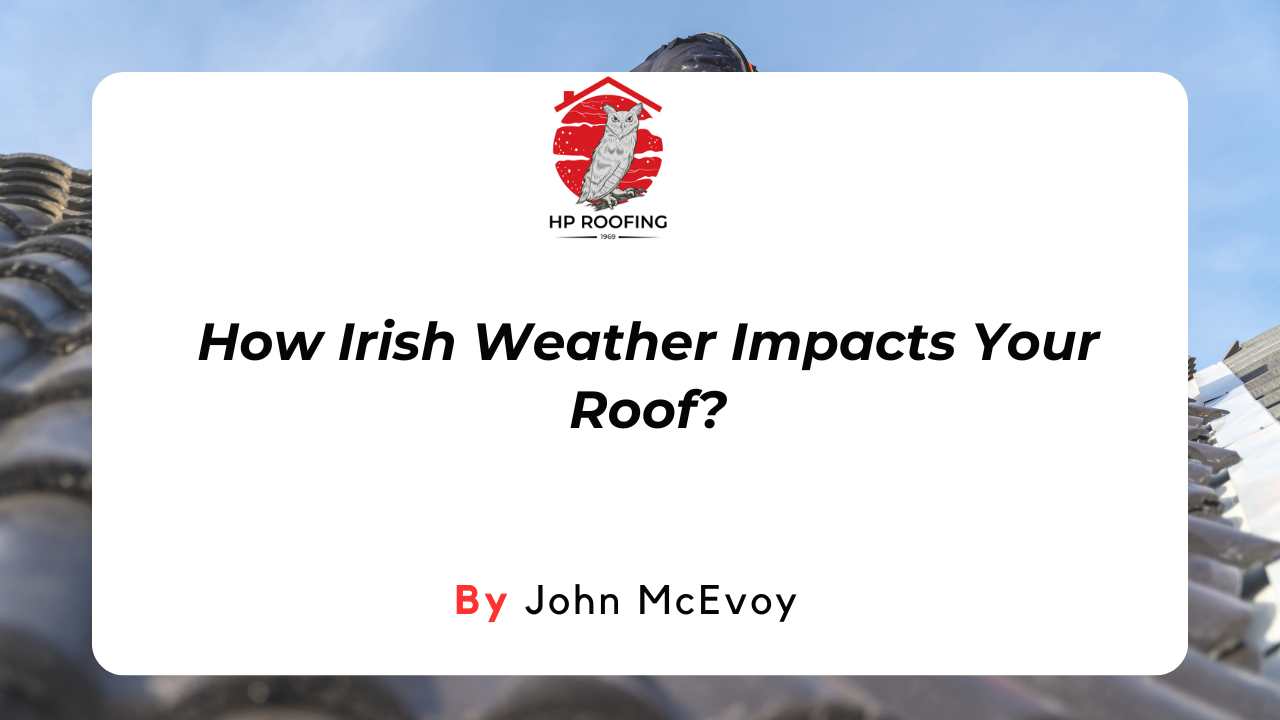Attic insulation is an important aspect of any home's energy efficiency. Insulating your attic roof rafters can help keep your home warm in the winter and cool in the summer, while also reducing your energy bills.
This blog post will discuss the different methods of insulating attic roof rafters and how to install insulation to ensure maximum energy efficiency. So, without any further ado, let's get started!
Why Insulate Attic Roof Rafters?
Before discussing how to insulate attic roof rafters, it is important to understand why insulation is necessary. Insulating attic roof rafters can help reduce heat loss and make your home more energy efficient. This can result in lower utility bills and improved home comfort levels year-round. Additionally, proper insulation helps protect against moisture buildup and condensation, which can lead to dangerous mould and mildew growth over time.
What Materials Are Needed for Attic Roof Rafter Insulation?
- Insulation: The insulation materials include fibreglass batt insulation, spray foam insulation, cellulose insulation, or radiant barrier insulation.
- Measuring tape: To measure the depth of your rafters and determine the appropriate thickness of insulation needed.
- Safety gear: Such as gloves, safety glasses, and a mask to protect yourself while working in the attic.
- Staple gun: To secure the insulation in place between the rafters.
- Caulking or weather stripping: To seal any gaps or cracks in the attic and prevent air leakage.
- Vents: Ensure proper attic ventilation and prevent moisture buildup.
It's important to note that some insulation materials may require additional tools or equipment for installation, such as a spray gun for foam insulation or a blower for cellulose insulation. It's always best to consult a professional for specific instructions and recommendations on the materials needed for your insulation project.
Step-by-Step Guide: How to Insulate Attic Roof Rafters
Measure the depth of your rafters
To determine the appropriate thickness of insulation needed for your attic, use a measuring tape to measure the depth of your rafters. This will help you determine the R-value, or thermal resistance, of the insulation required for your attic.
Choose the right type of insulation.
Decide which type of insulation is best suited for your attic and budget. Some popular options include:
- Fibreglass Batt Insulation
This is the most common type of insulation used in attics. It comes in pre-cut batts that fit between the rafters and is easy to install. Fibreglass batt insulation is also one of the most cost-effective options.
- Spray Foam Insulation
Spray foam insulation is applied using a spray gun and can fill in gaps and irregular spaces that may be difficult to fill with other types of insulation. It provides a tight seal, which can help prevent air leakage.
- Cellulose Insulation
Cellulose insulation is made from recycled paper products and is often used as blown-in insulation. It is a more eco-friendly option and can be used to fill tight spaces.
- Radiant Barrier Insulation
Radiant barrier insulation is reflective insulation placed on the attic floor to reflect heat into the attic. It is most effective in hot climates and can help reduce cooling costs.
Gather necessary safety gear
Before starting the insulation process, wear appropriate safety gear, such as gloves, safety glasses, and a mask. This will ensure your safety while working in the attic.
Secure insulation in place
Use a staple gun to secure the insulation in place between the rafters. This will ensure that the insulation stays in place and does not shift over time.
Seal gaps and cracks
To prevent air leakage, seal any gaps or cracks in the attic. This can be done with caulking or weather stripping.
Check for proper ventilation
Ensure that proper ventilation is in place to ensure that moisture does not build up in the attic. This can be achieved by installing vents in the eaves and roof.
Invest in professional help
If you need help with your attic insulation or have any questions, contact HP Roofing today. Our professional team of experts can help you make the best decision for your home and budget. They can also ensure that the insulation is installed correctly, providing maximum energy efficiency.
Benefits of Insulating Attic Roof Rafters
Now, let's take a look at the benefits of attic roof rafters. Here we go:
Energy Savings
One of the main benefits of insulating attic roof rafters is energy savings. Proper insulation can help keep your home warm in the winter and cool in the summer, reducing the need for heating and cooling systems to work as hard. This can lead to significant energy savings over time.
Increased Comfort
Insulating attic roof rafters can also lead to increased comfort in your home. Insulation helps prevent drafts and keeps the temperature consistent, making life more comfortable.
Reduced Noise
Insulation can also help reduce noise from outside and between rooms. This can be especially beneficial for homes in busy areas or those with shared walls.
Health and Safety
Proper insulation can also help improve the health and safety of your home by preventing moisture buildup and mould growth, which can cause respiratory problems and other health issues.
Increased Home Value
Insulating attic roof rafters can also increase the value of your home. Energy-efficient homes are in high demand, and the added insulation can make your home more attractive to potential buyers.
Environment friendly
Insulation not only helps to save energy but also helps to reduce the carbon footprint. Insulation materials like cellulose are made of recycled paper products and are a more eco-friendly option.
Conclusion
Insulating your attic roof rafters is important in making your home more energy efficient. By choosing the right type of insulation and following proper installation techniques, you can keep your home warm in the winter and cool in the summer while also reducing your energy bills.
So, if you need help with your attic insulation or have any questions, contact HP Roofing today. Our professional team of experts can help you make the best decision for your home and budget.
















